
The Definition, Types, and Animals of Woodland Habitats
Woodland habitats provide a variety of lush, biodiverse habitats each with their own ecosystem services that thrive in separate regions and offer homes to many key animals. Birds such as owls, woodpeckers, and songbirds fill the canopy while mammals like deer, foxes, and squirrels thrive among the trees.
READ MORE
Green Shingle Roofed Houses
While neutrals are almost always successful, there are great color combinations for people who want a more colorful home as well. Almost any shade of green siding will look inviting with dark gray shingles
READ MORE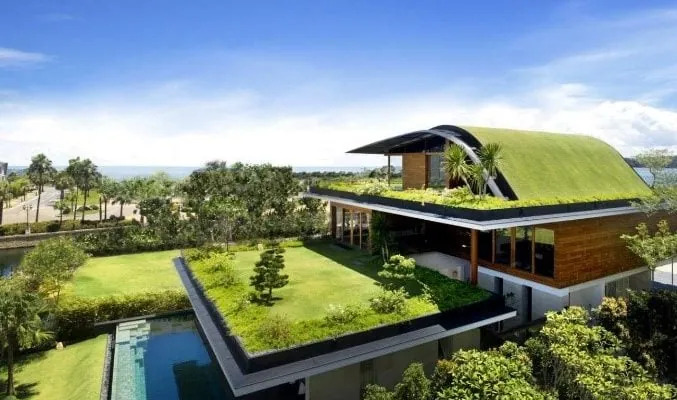
Green Roof Guide: An Eco-Friendly Guide
A green roof or living roof is a roof of a building that is partially or completely covered with vegetation and a growing medium, planted over a waterproofing membrane. It may also include additional layers such as a root barrier and drainage and irrigation systems.
READ MORE
Managing Woodlands to Improve Wildlife Habitat
Woodland wildlife habitat can be improved for different species by periodic brush cutting, understory burning, firewood cutting, selective tree thinning and tree harvesting. In addition, you can leave active den and nesting trees in the woodland as long as possible before cutting them for sawtimber or fuelwood.
READ MORE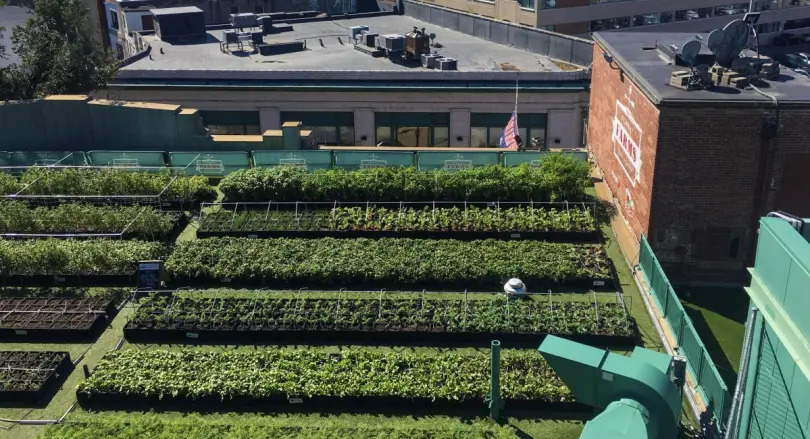
Types of green roof irrigation systems and their organization
Green roofs have a layer of plant material that absorbs water like a sponge. They capture water when it rains, slowly releasing it through evaporation and plant use. Green roofs can significantly reduce the amount of rain water that would otherwise run off an impervious roof surface.
READ MORE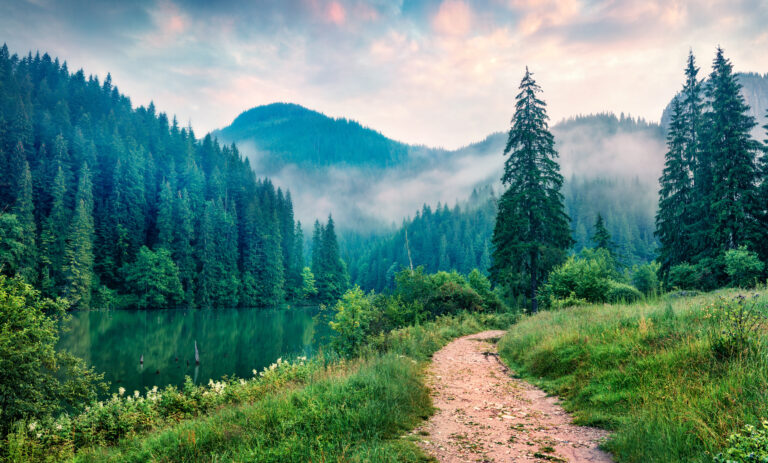
Through observing community woodlands principles of nature become important.
Through observing woodlands, some underlying principles of nature become apparent, such as: Biodiversity matters. The edge between different habitats is particularly rich and diverse. Everything has multiple connections and multiple functions.
READ MORE
10 of the Best Green Roof Designs in the World
Extensive green roofs need a substrate layer that is 8 – 20 cm thick to support the vegetation. The vegetation on intensive green roofs must be supported by a sub- strate layer no less than 15 cm thick. Depending on the kind of vegetation, the substrate layer may be as thick as 200 cm.
READ MORE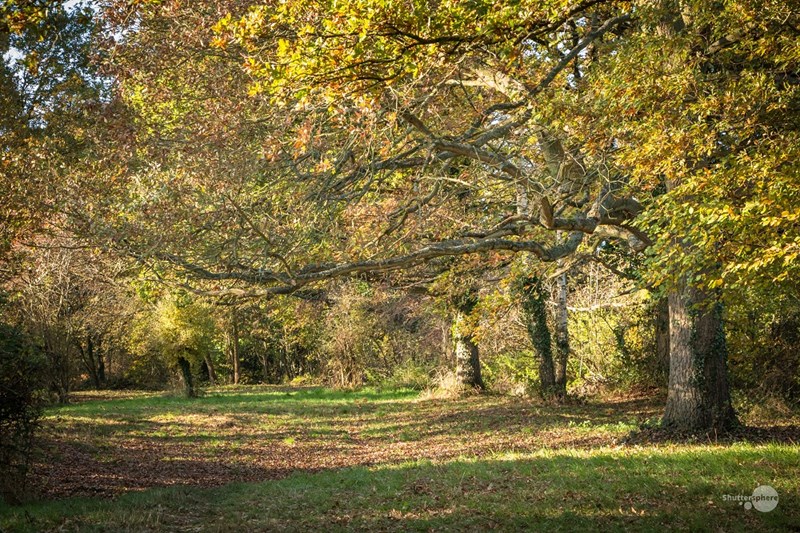
How to manage a woodland for wildlife
More trees should be planted to increase the forest cover. Trees should be selected according to the geographical conditions of a particular region and proper care should be taken during the growth of trees. Prevention of exploitation of forestry and forest products is necessary for the conservation of forest.
READ MORE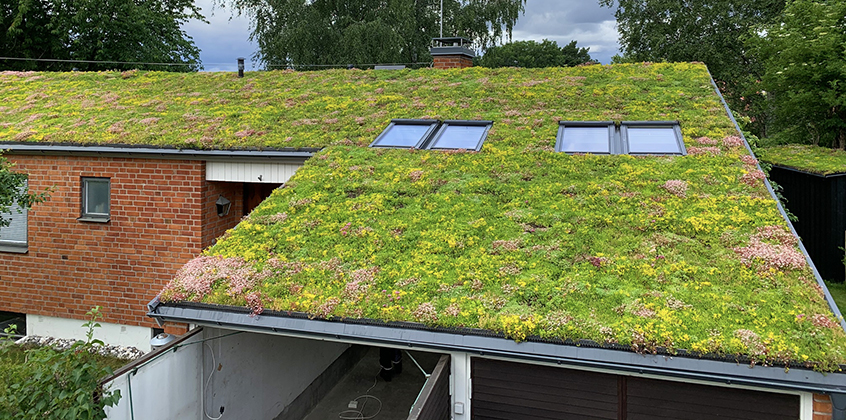
Best Plants For A Green Roof
Most green roofs are built on flat or low angle rooftops, but some have been installed on pitched roofs up to 40% slope, with special design features to prevent slumping and ensure plant survival. Green roofs are appropriate anywhere it is desirable to reduce the overall amount of storm water runoff.
READ MORE